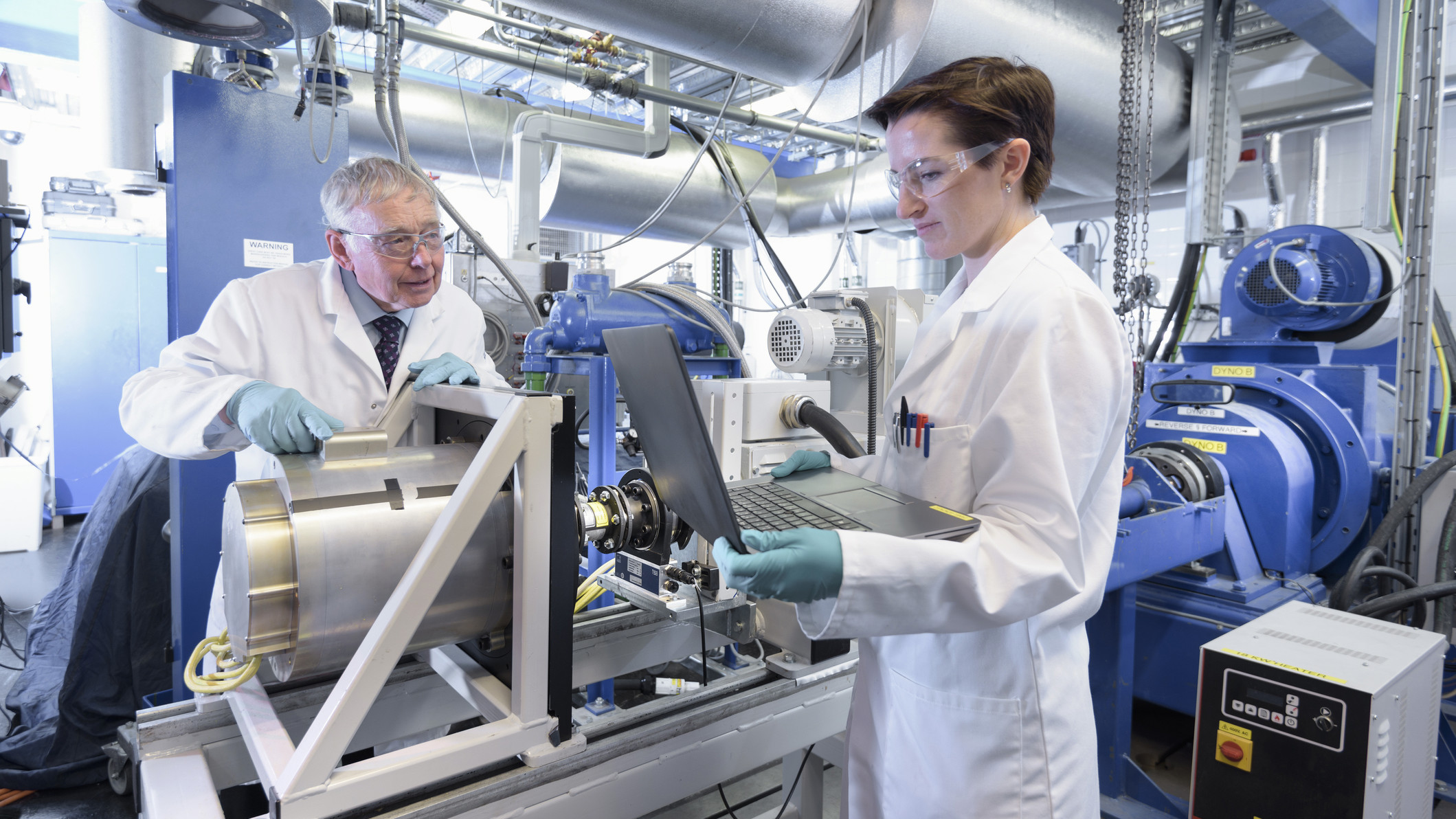‘Mine it here, we should make it here’ – The strong case for integrated battery economy in Australia

There are moves to ensure Australia has a greater role to play in battery production. Pic:Getty Images
- Australia has become a major producer of rare earths, nickel and lithium
- Moves to advance Australia beyond mining to mid and downstream opportunities in the value chain
- Experts reckon case for creating an integrated battery economy in Australia is certainly growing stronger
When it comes to mining, Australia is still a major player on the world stage.
In 2020, China had a strong lead as the world’s biggest mining country based on mineral production value with more than US$217 billion in metallic mineral and coal production value, according to stats from Statista
But second in the rankings was our girt by sea island with a production value of US$121 billion, followed by the US in third spot with $55.4 billion.
Mining amounts to 75% of Aussie exports, provides 1.2 million jobs with average annual earnings of $50 billion.
Growth in rare earths and critical minerals
Where Australia is really starting to shine is as a powerhouse producer of rare earths and critical minerals such as lithium, graphite, cobalt, tungsten and nickel as the world moves to reduce greenhouse gas emissions.
Yep, As the CSIRO said: “Australia is also blessed with significant natural endowments of rare earths and many critical minerals deemed essential by key trading and strategic partners and organisations such as the World Bank, OECD and the International Energy Agency.”
We’re the second largest producer of rare earth elements and hold high-quality deposits of both light and heavy rare earths as well as being the world’s largest lithium exporter.
The International Energy Agency (IEA) said batteries typically account for 30 to 40% of the value of an electric vehicle (EV) and the race to net zero will focus attention on the security of supply of the critical minerals and metals needed to manufacture them.
Resource-rich Australia will be in prime position to supply the minerals needed for producing EV batteries. But the IEA also said battery and minerals supply chains will have to expand 10-fold to meet government EV ambitions.
“Pressure on the supply of critical materials will continue to mount as road transport electrification expands to meet net zero ambitions,” The IEA said.
“Demand for EV batteries will increase from around 340 GWh today, to over 3500 GWh by 2030 in the Announced Pledges Scenario(APS).”
It is here moving down the supply chain for which experts say there is opportunity for Australian companies.
Moving from upstream to mid and downstream
Just as a quick refresher: the battery value chain can be split into three components upstream, mid-stream, and downstream.
Upstream (mining) companies provide raw materials necessary for making components for the cathode and anode battery cells.
The mid-stream players produce components for batteries such as the cathode, anode, and electrolyte, while the downstream segment assembles the batteries and packages them together.
In terms of lithium-ion batteries, manufacturing has predominantly been in East Asia with China becoming the dominant player in the field since 2015, when it surpassed both Japan and South Korea as the top exporter.
Behind China’s rise in the sector was what GlobalX described as a combination of “policy efforts and bold entrepreneurship”.
Two relatively young companies, BYD and Contemporary Amperex Technology Company Limited (CATL), now make up almost 70% of battery capacity in China.
‘Mine it here, we should make it here’
Beyond upstream exploration and mining there are moves to ensure Australia doesn’t miss out on the more lucrative opportunities mid and downstream. Lithium spodumene, for example can sell for US$5000/t. Convert that into the battery grade lithium hydroxide or carbonate and revenues rocket to ~US$50,000/t.
Being a mid and downstream player in the value chain is not an area where we’ve traditionally shone, instead Australian diggers prefer to send our raw materials offshore for process and manufacturing purposes.
“This approach will not only help diversify global supply chains but will significantly increase the value of Australia’s exports and play a vital role in underpinning the growth of advanced manufacturing and niche technology capabilities in Australia,” according to the CSIRO.
Getting out from under
Last year the US made moves to reduce the country’s reliance on China in the EV battery supply chain. The the Biden administration said it was awarding $2.8 billion in grants to boost production of EV batteries and the minerals used to build them in the US.
“By undercutting US manufacturers with their unfair subsidies and trade practices, China seized a significant portion of the market,” Biden said.
ASX listed companies Syrah Resources (ASX:SYR), Novonix (ASX:NVX) and Piedmont Lithium (ASX:PLL), working to deliver downstream lithium and graphite materials for US-made EV batteries, all received grants under Biden’s initiative.
Ed Husic is facing the music
Following the US lead in February Federal Minister for Industry and Science Ed Husic formally launched consultations for Australia’s first National Battery Strategy.
He said developing the strategy will be integral to help Australia transition to a decarbonised economy, hit ambitious emissions targets, foster Australian innovation and support Australian industry.
“Our general approach should be one where if we mine it here, we should make it here,” Minister Husic said.
“Large scale uptake and manufacture of batteries will be vital transitioning to net-zero.
“New battery capacity will help support grid scale capacity, power our homes, and electrify our transport sector.”
Strong case for integrated battery economy in Australia
Ali Ukani, Sustainability & ESG Investments at PEAK Asset Management told Stockhead the case for creating an integrated battery economy in Australia is certainly growing stronger.
“On the one hand we know that the demand for Australia’s raw materials is on the rise, indicating stronger exports and growth in mining of battery materials,” Ali says.
“We’re seeing this happen in real-time, with a number of lithium, graphite and other battery metal projects commencing feasibility, funding and construction.
“On the other hand, it is becoming increasingly important to build downstream capabilities on-shore and reduce reliance on foreign counterparts.”
Cradle 2 the grave
Ukani said from an investment perspective the advantage of building downstream capabilities can be two-fold. He said firstly, it reduces the chance of supply shocks, price sensitivity and third-party reliance.
“Moreover, it enables institutional investment in various companies and projects, in alignment with UNSDG’s and scope 2 and scope 3 emissions.
“In our view, building downstream capabilities will be vital in turning Australia into a producer and potentially an export powerhouse for batteries.”
“This requires a cradle to grave approach, including additional funding and focus on building more refining, processing and recycling infrastructure, as well as initiatives to close the loop to create a circular battery economy.”
Related Topics

UNLOCK INSIGHTS
Discover the untold stories of emerging ASX stocks.
Daily news and expert analysis, it's free to subscribe.
By proceeding, you confirm you understand that we handle personal information in accordance with our Privacy Policy.








